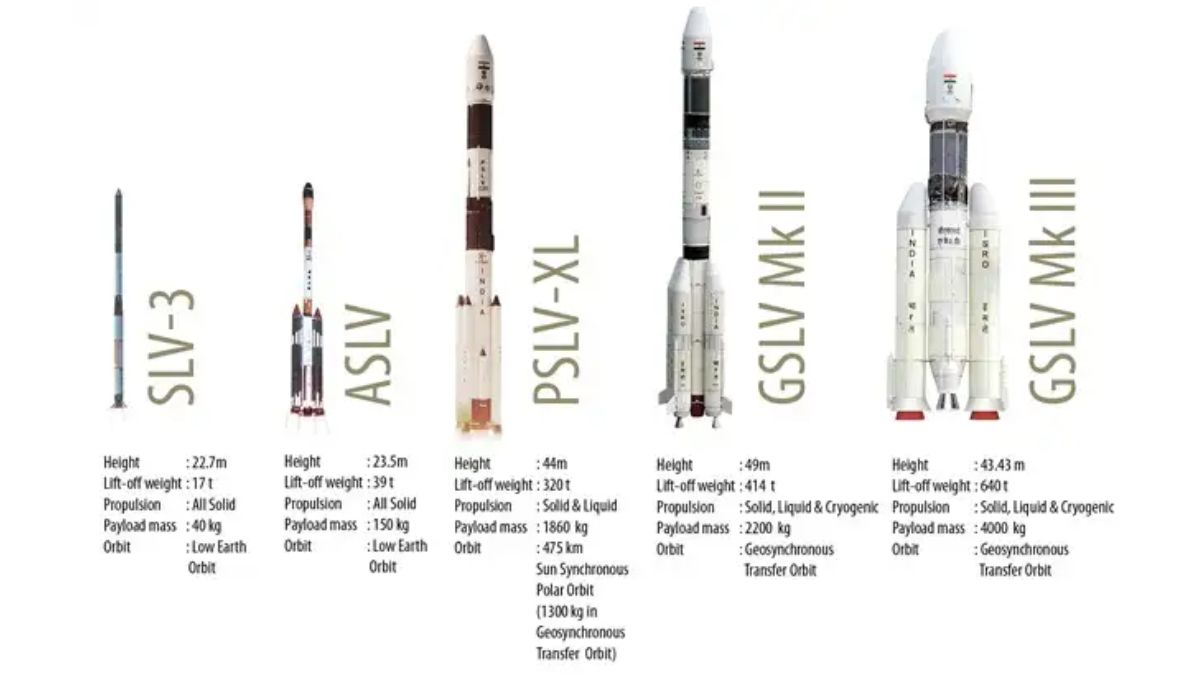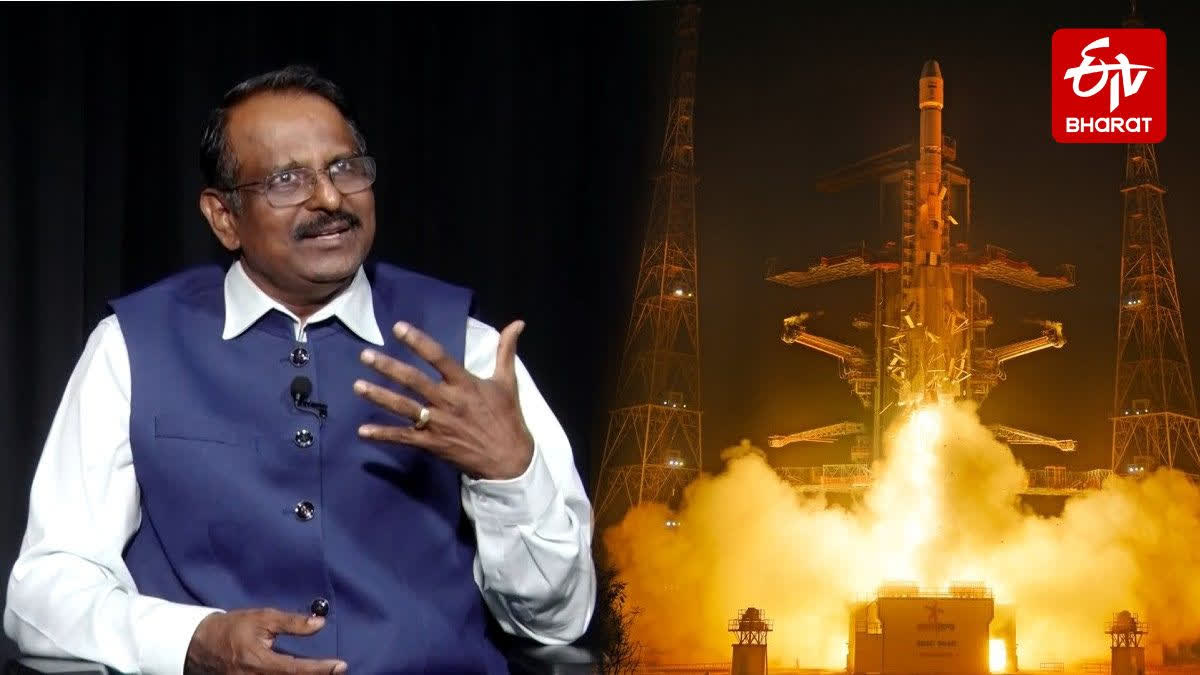By Anubha Jain
Bengaluru: The Union Cabinet, chaired by Prime Minister Narendra Modi, approved the establishment of the Third Launch Pad (TLP) at ISRO’s Satish Dhawan Space Centre in Sriharikota, Andhra Pradesh, on January 16, 2025. The move aligns with India's vision for space exploration, including the establishment and operation of the Bhartiya Antriksh Station (BAS) and an Indian Crewed Lunar Landing by 2040. The new TLP will also support the development of the Next Generation Launch Vehicle (NGLV).
The new launch vehicle will have three times the present payload capacity with 1.5 times the cost compared to the current LVM3. It will also have reusability resulting in low-cost access to space and modular green propulsion systems.
It is pertinent to mention that currently, India has achieved self-reliance in space transportation systems to launch satellites up to 10 tonnes to Low Earth Orbit (LEO) and 4 tonnes to Geo-Synchronous Transfer Orbit (GTO) through the currently operational PSLV, GSLV, LVM3 & SSLV launch vehicles.
The TLP will provide launch infrastructure for NGLVs, LVM3 vehicles with a semi-cryogenic stage, and scaled-up NGLV configurations. The Project will boost the Indian Space ecosystem by enabling higher launch frequencies and the national capacity to undertake human spaceflight & space exploration missions.

In an exclusive interview with ETV Bharat's Anubha Jain, ISRO's newly appointed Chairman and Secretary, Department of Space, V Narayanan unveiled details about the NGLV, a game-changing rocket designed to revolutionise India's space capabilities.
When asked what advancements can we expect in ISRO's launch vehicle technology, particularly with the development of NGLV, he started with a brief account of the space agency's strides in launch vehicle development, starting with a payload capacity of 40 kg to the current capability of 8,500 kg.
"ISRO has made significant strides in launch vehicle development since the introduction of the SLV 3 in 1979, which was capable of carrying a 40 kg payload to Low Earth Orbit (LEO). Over the years, six generations of launch vehicles have been developed-- SLV 3, ASLV, PSLV, GSLV Mk II, GSLV Mk III, and SSLV, with ISRO recently achieving its 100th launch milestone. The payload capacity has grown substantially, with the current capability reaching 8,500 kg to LEO," Narayanan said.
He further said that the next-generation launch vehicle under development will have a staggering 30,000 kg payload capacity to LEO, marking a 1,000-fold increase from the SLV 3. "This 1,000-tonne lift-off mass vehicle will stand 93 meters tall and feature three stages, supported by two solid strap-on boosters, each with 190 tonnes of propellant," he added.
"The first stage will be powered by nine engines, each producing 110 tonnes of thrust with a propellant load of 475 tonnes. The second stage will feature two engines, while the upper C32 cryogenic stage will use liquid oxygen and liquid hydrogen propellant combination," Narayanan explained, adding that the next-generation launch vehicle represents a major leap in ISRO's space exploration capabilities.
"Unlike previous expendable launch vehicles, which were designed for a single use, the new vehicle introduces a groundbreaking feature-- the recovery and reuse in the first stage. This innovation marks a significant leap in reusability, enhancing cost-efficiency and sustainability in space operations. The first stage will be recovered after launch, setting the stage for future advancements in reusable space technology," the ISRO Chief said.
The development of NGLV will enable national and commercial missions including the launch of human spaceflight missions to Bhartiya Antriksh Station, Lunar/inter-planetary exploration missions, along with communication and earth observation satellite constellations to Low Earth Orbit, benefitting the entire space ecosystem in the country.
This project is expected to boost the Indian space ecosystem in terms of capability and capacity. The total fund approved is Rs 8,240 Crore and includes the development costs, three developmental flights, essential facility establishment, Programme Management, and Launch Campaign.
S Sivakumar, Program Director for ISRO's Space Transportation System and Project Director for the Next Generation Launch Vehicle (NGLV) at VSSC, oversees a significant 8-year development plan for the NGLV, set for completion by December 2032. He emphasises the challenges ahead, stating, “This is an enormous task. Everything, from building the space habitat to lunar landing, requires new systems and vehicle configurations. Our goal is to establish a space transportation system that ensures cost-effective, reliable access to space for payloads—be it cargo, humans, or scientific experiments.”
Currently, India’s space transportation relies on two launch pads-- the First Launch Pad (FLP) for PSLV and SSLV, and the Second Launch Pad (SLP) for GSLV and LVM3. The SLP serves as a backup for PSLV. FLP, established 30 years ago, and SLP, operational for nearly 20 years, have supported national missions like Chandrayaan-3 and are preparing for the Gaganyaan human spaceflight.
With India’s expanded space vision—Bhartiya Antriksh Station (BAS) by 2035 and a Crewed Lunar Landing by 2040—the need for heavier launch vehicles and advanced propulsion systems requires the creation of a Third Launch Pad. This new pad will support the Next Generation Launch Vehicles (NGLV) and serve as a backup for SLP, ensuring India's space capabilities for the next 25-30 years.



